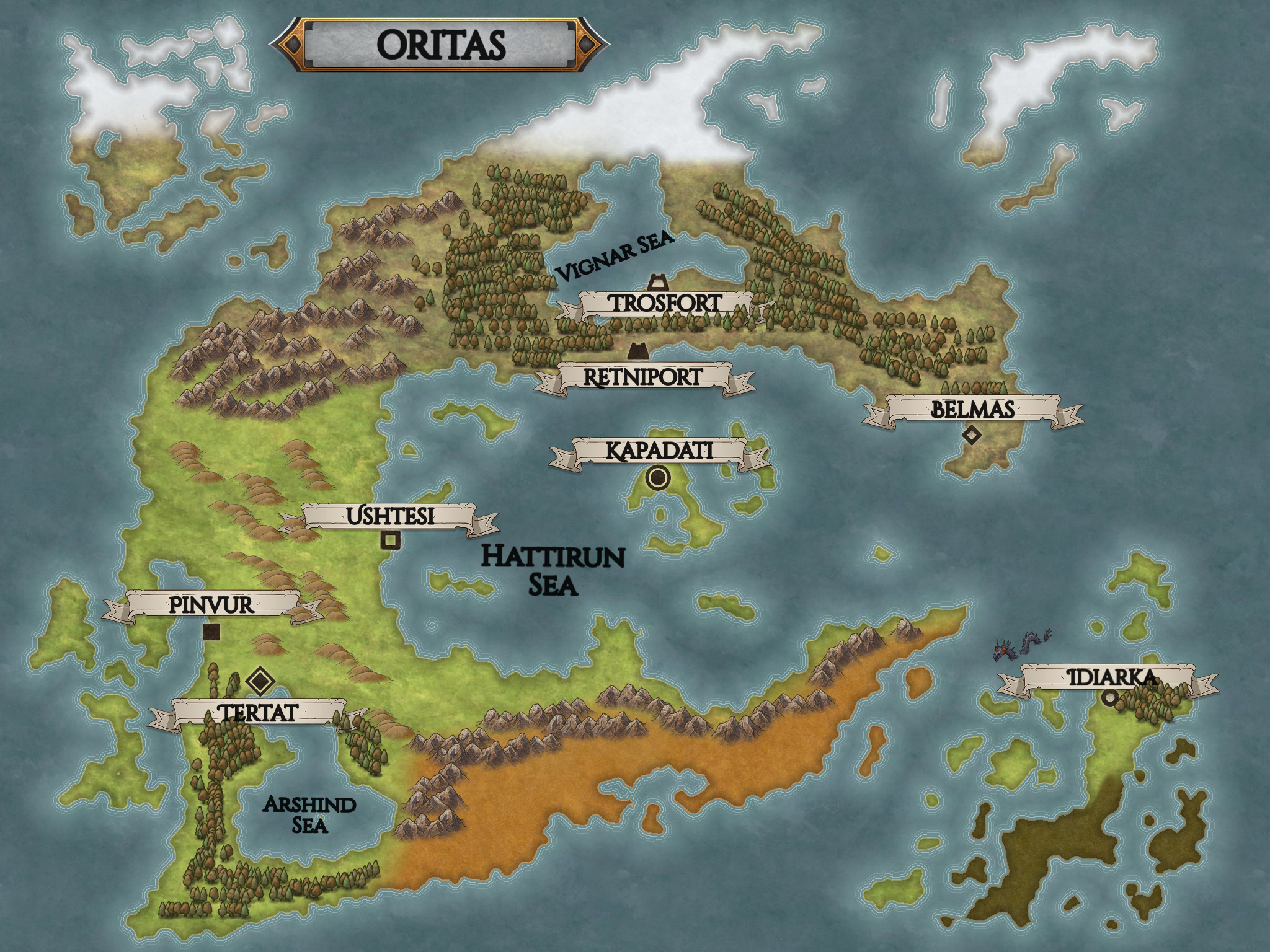Sareth Genders
Biological Sex
Sareth have a very different concept of gender to humans. For one, gender has nothing to do with physical characteristics. This is largely due to the fact there are few noticible differences between "males" and "females". Males tend to be slightly taller on average and have more horns than females. Female sareth lack curves like human females since they lay eggs instead of giving birth to live young. They are more similar to lizards than men so do not breastfeed their young either. All sareth therefore have flat chests and a more boxy silhouette. In addition to size and horns, males and females tend to have different patterns on their scales, though this differs depending on ethnicity. In general, females tend to have a solid line of pattern running down the length of their spine and tail. This colouration may also cover parts of the face. Males tend to have more patterning. In addition to their spines and tails, the pattern colouration tends to cover most of the upper back, arms and head. The exact pattern is different for each individual and ethinic group.Gender
For the sareth, each gender comes with certain roles and characteristics but no one is expected to adhere to these "rules" perfectly in order to be that gender.Nlâdz
Nlâdz (/nlɑːdz/), is largely accepted as the equivalent of male. The indefinite plural is ûthnlâdz (/uːthnlɑːdz/). The majority of ûthnlâdz are biological males. Ûthnlâdz are usually expected to take on more a strong, providing role in their community.Sik
Sik (/sɪk/), is largely accepted as the equivalent of female. The indefinite plural is ûthsik (/uːthsɪk/). The majority of ûthsik are biological females. Ûthsik are usually expected to take on a more nurturing role in their communities.Oé̯drâ
Oé̯drâ (/oʊ̯drɑː/), indefinite plural ûthoé̯drâ (/uːthoʊ̯drɑː/) is a combination of both nlâdz and sik. Some may feel more nlâdz than sik and vice versa. Oé̯drâ may also include individuals who find themselves often switching between completely nlâdz and completely sik. Since the idea of changing gender is seen as the default, the sareth lack a word for those who would likely be called genderfluid, hence why there are two types of ûthoé̯drâ.Rígkâ
Rígkâ (/ɾaɪ̯gkɑː/), plural ûthrígkâ (/uːthɾaɪ̯gkɑː/), is a third gender, separate from nlâdz or sik. Ûthrígka tend to take on the role of leaders. More often than not a community's dmúgdáâfh will be rígkâ. This tendency toward a leadership role is purely due to the expectations of their society and not because they are any better suited for it. It does however mean that they usually recieve the education required to give them the skills necessary to become a good leader. They are given this role by society due to the belief that they are neutral between nlâdz and sik, unlike deshrâ who do not have a gender.Deshrâ
Deshrâ (/deʃɾɑː/), plural ûthdeshrâ (/uːthdeʃɾɑː/), is the lack of having a gender. These individuals do not experience any of the above genders and would describe themselves as not having one. They often become egg-watchers since hatchlings are assigned snâ-thûsha and so are believed to be the most in tune with the unborn infants.Thí-
The thí- genders are half or part of the above genders. thí-nlâdz and thí-sik are more common but others exist too. Generally the half opposing the named gender is understood to be deshrâ but it depends on the individual. For example, an individual may call themself thí-nlâdz but also feel partially rígkâ. There is some overlap between thí- genders and oé̯drâ since one could be oé̯drâ but call themself thí-sik while also being nlâdz. As stated before, sareth expect a certain amount of fluidity in gender and its expression, including flexibility in lables used.Snâ-thûsha
This gender is reserved for hatchlings and young children only. Since sareth don't show biological sex characteristics until adolescence, it is easier to raise all children equally and assign them snâ-thûsha (literally "nothing-young"). At the age of seven, younglings are encouraged to explore their gender if they haven't already.Others
The genders listed above are the more widely known ones within sareth society. However, if an individual finds that they are unable to describe themself using the above lables, they are welcome to create their own or use lesser known ones. The sareth accept that gender can be complex and that flexibility is required.Language
The sareth language, mâg, accommodates different genders. There are sets of pronouns for nlâdz, sik, rígkâ and deshrâ. Oé̯drâ and thí- genders have no specific sets and use the ones that feel right to them. The set for rígkâ is generally seen as the default neutral but some regions may use the deshrâ pronouns as default neutral instead. Generally, switching pronouns isn't too difficult for the sareth since they do it often, both for themselves and for others.Indicators
Because gender changes often, gender markers in speech are used when introducing oneself. A typical greeting between sareth will consist of giving their names, using a suffix to indicate the correct pronouns that should be used.| Gender | Suffix |
| nlâdz | -adz |
| Sik | -ik |
| rígkâ | -rí |
| Deshrâ | -shrâ |
Remove these ads. Join the Worldbuilders Guild



Comments